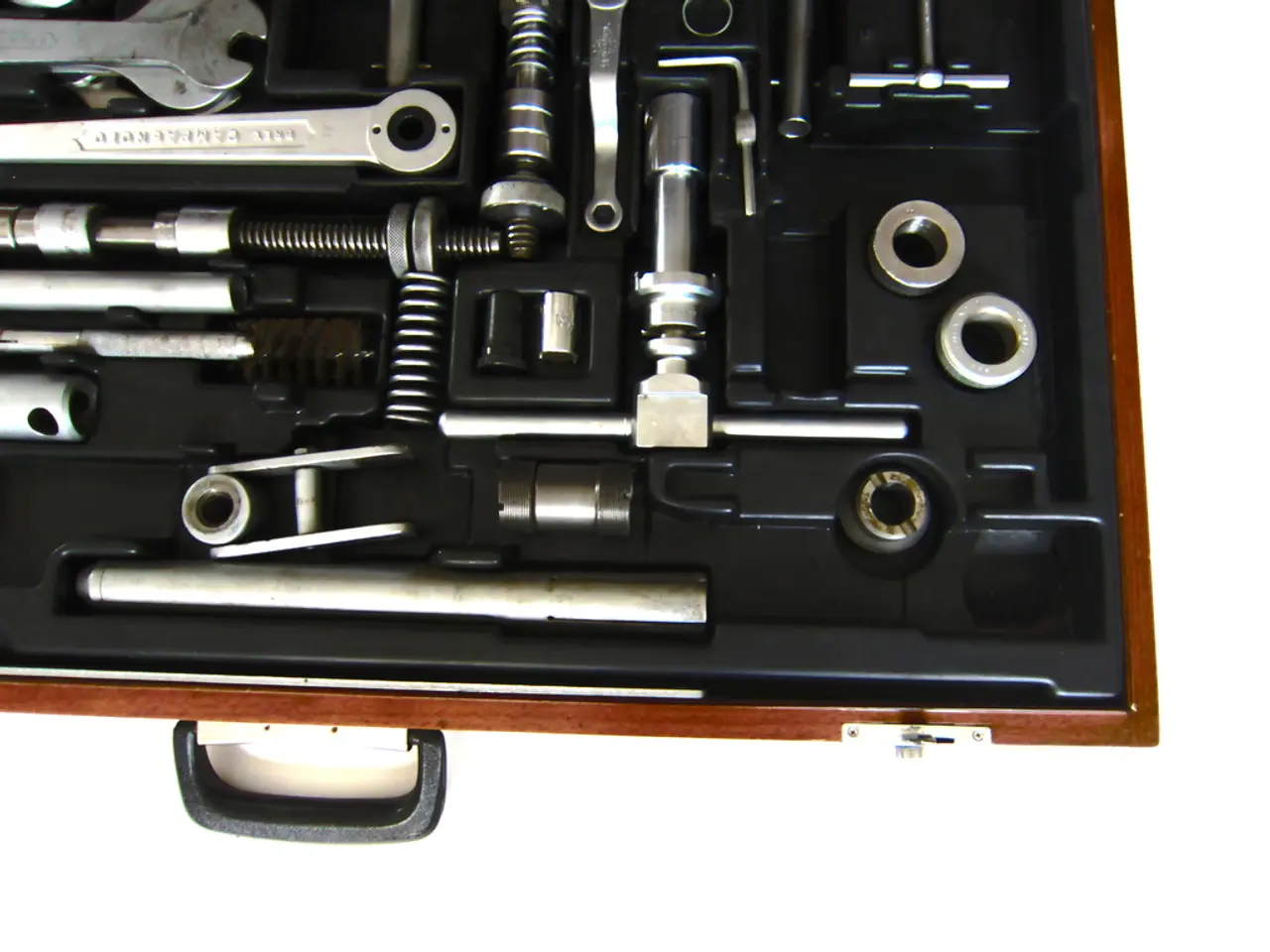Disappointment for the Car Industry with EU-Trump Agreement
The US-EU trade deal, finalised under President Donald Trump, has introduced a 15% tariff on European car exports to the US, including a significant portion of German automotive exports [1][3][4]. This tariff, initially proposed at 25%, has raised concerns about increased costs, reduced competitiveness, potential job losses, and economic strain on export-oriented sectors, such as the automotive industry.
Key Impacts on the German Automotive Industry
Competition and Costs
The 15% tariff makes German car exports to the US more expensive, worsening their competitive position relative to US or other foreign manufacturers. Electric vehicle exports, a growing segment, are specifically highlighted as potentially more costly under the deal [2].
Job Loss Risk
Estimates suggest up to 70,000 jobs could be lost across European auto companies and their suppliers due to production relocation to the US to avoid tariffs. This threatens German automotive jobs, given that approximately two-thirds of the passenger car exports from the US to the EU come from German manufacturers [3].
Tariffs and Economic Impact
While the deal averted a more damaging tariff war, a 15% tariff still represents a significant barrier with “immense negative impact” on Germany’s export-driven economy. Industry and trade groups warn it will lead to price increases, altered supply chains, slower growth, and job losses [1][3][4].
Political and Economic Uncertainty
German leaders express cautious relief that a worse scenario was avoided, but skepticism remains about the deal’s durability given Trump’s history of tariff threats. The tariff regime is expected to raise costs for companies and US consumers, potentially slowing growth in both regions [1][4][5].
Background and Negotiations
The deal came about after grueling negotiations over the past months and ever-escalating threats and tensions from Donald Trump. Trump's primary argument in the negotiations was the trade imbalance between the US and the EU [6]. The deal was sealed in a roughly one-hour session at Trump's luxury golf hotel in Turnberry, Scotland.
The EU has promised to buy US energy worth $750 billion by the end of Trump's term, primarily due to plans for a complete cessation of Russian gas and oil [7]. Last year, 749,170 new cars produced in the EU were exported to the US, with a total value of €38.5 billion [8].
Future Developments
No specific figures have been mentioned yet regarding the potential exemption of quantities from the US steel and aluminum tariffs. It was unclear until the end what will happen with potential U.S. tariffs on pharmaceuticals and to what extent there will be adjustments to standards for cars and other industrial goods [9]. The EU Commission acknowledges that the accusation of imbalances in trade relations between the EU and the US was not entirely unfounded [10].
References
[1] BBC News. (2020, July 17). US-EU trade deal: Trump hails 'major victory' in tariff row. Retrieved from https://www.bbc.com/news/business-53429324
[2] Reuters. (2020, July 17). U.S. and EU agree to cut tariffs on cars and industrial goods. Retrieved from https://www.reuters.com/article/us-usa-eu-trade-idUSKCN24Z120
[3] The Guardian. (2020, July 17). US-EU trade deal: what does it mean for Britain? Retrieved from https://www.theguardian.com/business/2020/jul/17/us-eu-trade-deal-what-does-it-mean-for-britain
[4] Deutsche Welle. (2020, July 17). US-EU trade deal: What's in it for Germany? Retrieved from https://www.dw.com/en/us-eu-trade-deal-whats-in-it-for-germany/a-54597709
[5] Politico. (2020, July 17). Trump's trade deal with the EU is a win for both sides — but it's not a done deal. Retrieved from https://www.politico.eu/article/trump-eu-trade-deal-win-both-sides-not-done-deal/
[6] CNN. (2020, July 17). Trump and the EU reach a trade deal. Retrieved from https://www.cnn.com/2020/07/17/business/us-eu-trade-deal/index.html
[7] The Wall Street Journal. (2020, July 17). U.S. and EU Agree to Cut Tariffs on Cars and Industrial Goods. Retrieved from https://www.wsj.com/articles/u-s-and-eu-agree-to-cut-tariffs-on-cars-and-industrial-goods-11595131655
[8] European Commission. (2020). EU-US trade: Facts and figures. Retrieved from https://ec.europa.eu/info/business-economy-euro/trade-and-intellectual-property/countries-and-regions/countries/united-states-america/eu-us-trade-facts-and-figures_en
[9] The New York Times. (2020, July 17). U.S. and E.U. Agree on a Trade Deal, but Details Remain. Retrieved from https://www.nytimes.com/2020/07/17/business/eu-us-trade-deal.html
[10] Financial Times. (2020, July 17). Trump and EU agree to cut tariffs on cars, planes and industrial goods. Retrieved from https://www.ft.com/content/0b3a396f-96c8-4a8a-a03f-c845c172f0f5
- The tariff, upon German car exports to the US, increases their costs relative to US or foreign manufacturers, potentially impacting the competitive position of the German automotive industry.
- The 15% tariff is expected to lead to job losses in the German automotive industry, as up to 70,000 jobs could be lost across European auto companies due to production relocation to the US to avoid the tariffs.



